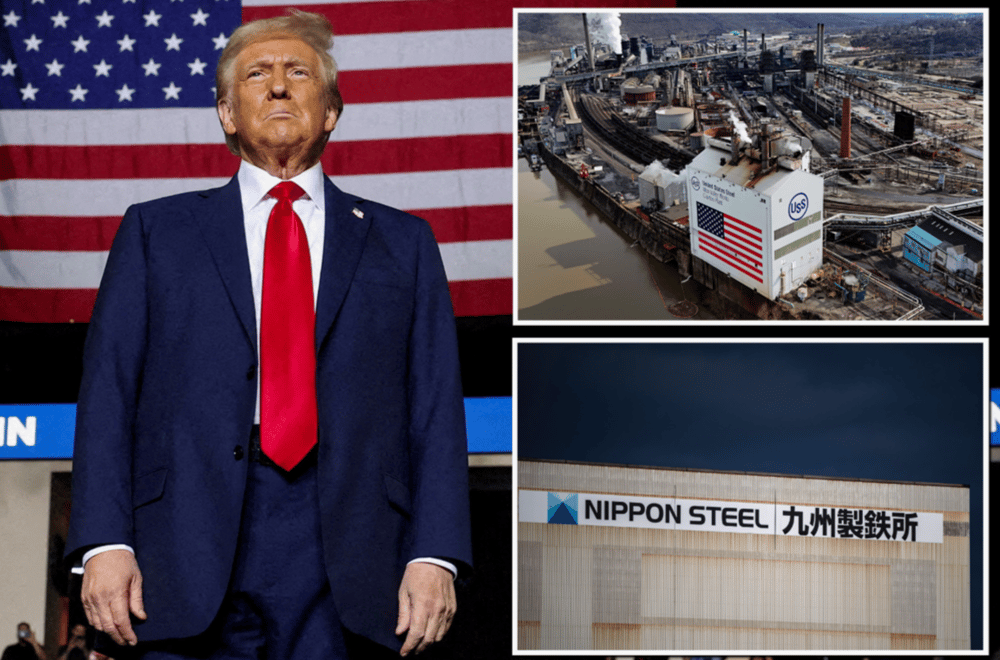On Wednesday, oil prices saw a slight decline as traders awaited potential increases in crude oil inventories in the United States. Despite this dip, prices remained near two-week highs due to relief following a temporary de-escalation of the US-China trade war. This brief lull in the trade tensions between the world's two largest economies, coupled with the anticipation of rising US stockpiles, has created a complex environment for oil markets. The latest movements reflect how sensitive oil prices are to geopolitical developments and market expectations.
Market Movements: A Closer Look at the Price Decline
The global oil market had been on an upward trajectory, but Wednesday's price drop marks a temporary pause in this rally. Crude oil prices were under pressure as traders braced for a potential surge in US crude inventories, which could weigh on the supply-demand balance. However, prices were still supported by the positive sentiment following the US-China trade agreement.
Factors Affecting Oil Prices
US Crude Inventories: Market participants are closely watching weekly data on US crude inventories. An anticipated increase in stockpiles could suggest a supply glut, putting downward pressure on prices.
Impact of Trade Truce: Despite the inventory concerns, oil prices were buoyed by a significant geopolitical development. The temporary truce between the US and China has alleviated fears of further escalation in trade tariffs, which could have disrupted global oil trade.
Recent Price Movement: As of 07:00 GMT, Brent crude oil futures fell by 32 cents, or 0.5%, to $66.31 per barrel. Similarly, West Texas Intermediate (WTI) futures dropped by 32 cents, or 0.5%, to $63.35 per barrel. Both benchmarks had surged by more than 2.5% on the previous session, demonstrating the volatility in the oil market.
US-China Trade Agreement: Temporary Relief for the Oil Market
One of the key drivers of market sentiment this week was the announcement of a temporary suspension of the US-China trade war. The two countries agreed to halt tariff hikes for at least 90 days, with the US reducing tariffs from 145% to 30%, while China lowered duties on imports from the US from 125% to 10%.
Key Points of the Trade Deal
Temporary Suspension of Tariffs: The deal represents a significant de-escalation in trade tensions, at least for the short term, offering some relief to global markets. This resolution removed the immediate threat of further trade barriers between the US and China.
Impact on Oil Demand: Reduced tariffs could promote increased trade between the two countries, potentially boosting oil demand. As China is one of the largest consumers of oil globally, any improvement in trade relations could positively affect oil demand forecasts.
Optimism in the Markets: The truce brought optimism to the markets, allowing oil prices to reach two-week highs. The temporary halt in the trade conflict reduced concerns about global economic slowdown, which had previously led to fears of reduced oil consumption.
The Road Ahead: Supply and Demand Dynamics
While the US-China trade truce has provided a temporary boost to oil prices, the market is still left grappling with several challenges. The expected rise in US oil inventories and potential changes in global supply chains are factors that could keep prices under pressure in the coming weeks. Furthermore, traders will be watching for any signs of a breakdown in the trade agreement, which could once again threaten the stability of the global oil market.
What’s Next for Oil Prices?
Inventory Data: The US Energy Information Administration’s (EIA) weekly report on oil inventories will be a key event for traders. Any significant increase in stockpiles could prompt further price declines.
Global Economic Conditions: Ongoing global economic conditions, including the potential for slowdowns in major oil-consuming countries, will continue to influence demand projections and, consequently, oil prices.
Geopolitical Risks: The oil market remains sensitive to geopolitical risks, particularly in the Middle East and other key production regions. Any disruption in oil production or transportation could cause volatility in global prices.
Conclusion: A Mixed Outlook for Oil Prices
The oil market is currently experiencing a delicate balance between the negative impact of rising US inventories and the positive sentiment generated by the US-China trade truce. While oil prices have pulled back slightly, they remain near two-week highs, reflecting the ongoing volatility and uncertainty that traders face. In the short term, the market will closely monitor inventory reports and any further developments in the US-China trade relationship, while also factoring in broader economic indicators. For now, the outlook for oil prices remains mixed, with both upward and downward pressures at play.








This decision could be a game-changer for the future of automation in our fast-paced technological landscape.